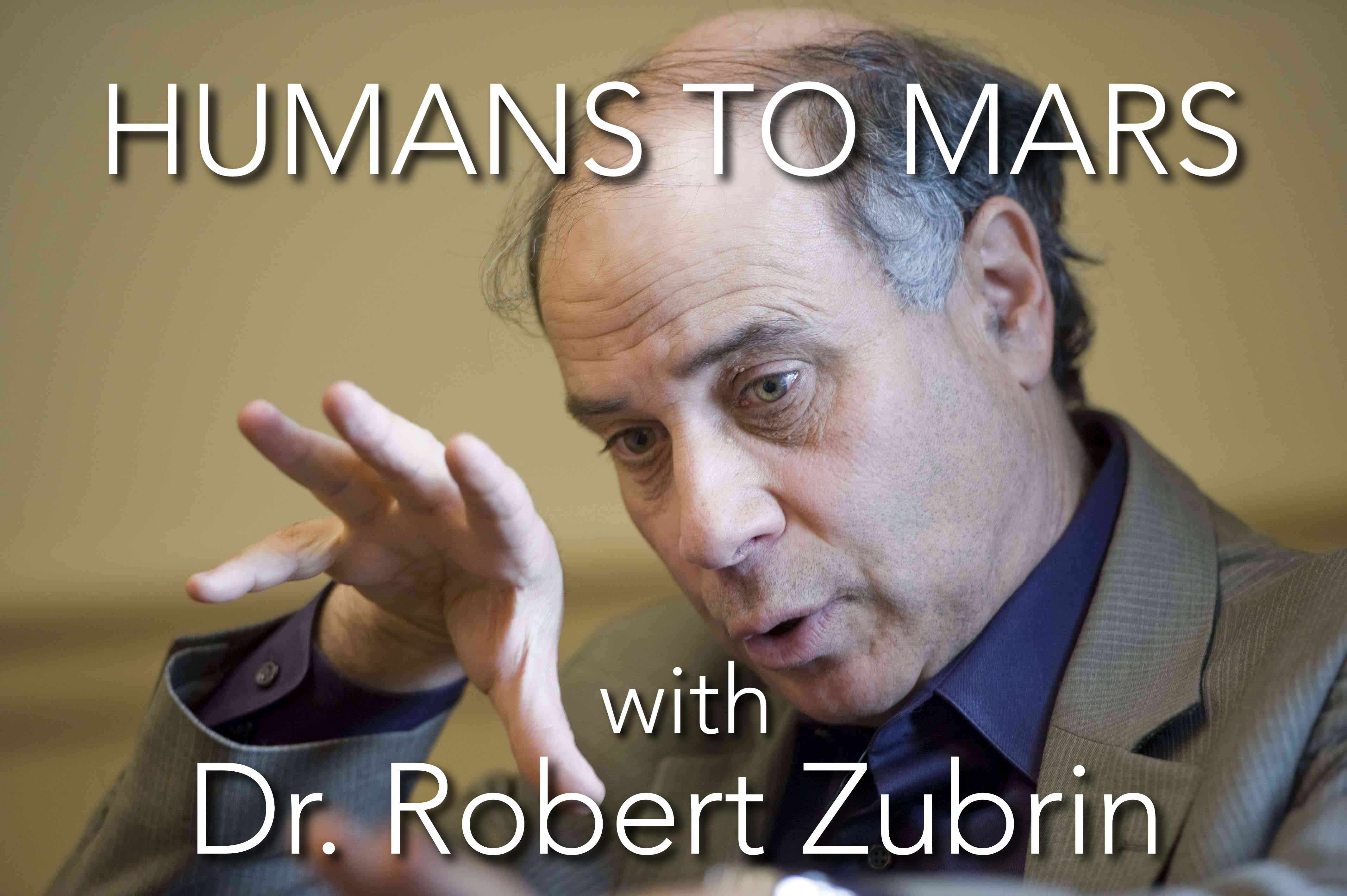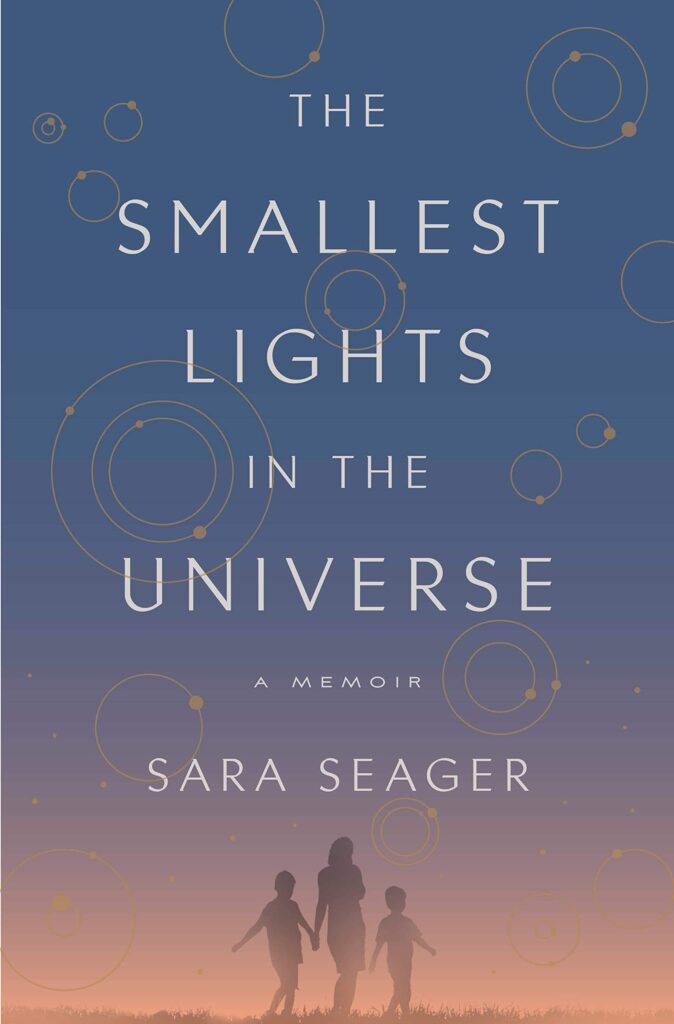Cover Photo: © John D. and Catherine T. MacArthur Foundation – used with permission.
This interview with Sara Seager about exoplanets was conducted in February 2021 and has been edited for brevity and clarity.
About Sara Seager
Sara Seager is born in Toronto, Canada and works as an astronomer and professor at the Massachusetts Institute of Technology. She got her PhD in astronomy from Harvard University and has since then focused on the search for exoplanets (planets outside our solar system) and analysis of their atmospheres. Seager is the author of several books, the latest being The Smallest Lights in the Universe: A Memoir. (2020). Besides being a great astronomer and scientist, Seager also stands out as a highly appreciated communicator with the ability to explain complicated topics in an easy way.
How far back does the search for exoplanets go?
– Reports of the first planetary system beyond our own came in the 1960s by a professor named Van De Kamp. He had been monitoring Barnard’s star for quite a long time, maybe a decade or two. He saw motion of the star that he concluded could only be explained by planets’ gravitational influence. Unfortunately, he and others later on realized that it wasn’t the gravity of exoplanets that caused the movement. It was instead just an artifact in the photographic plates he used. However, in the 1990s we finally had the first discovery of a planet orbiting a Sun-like star.
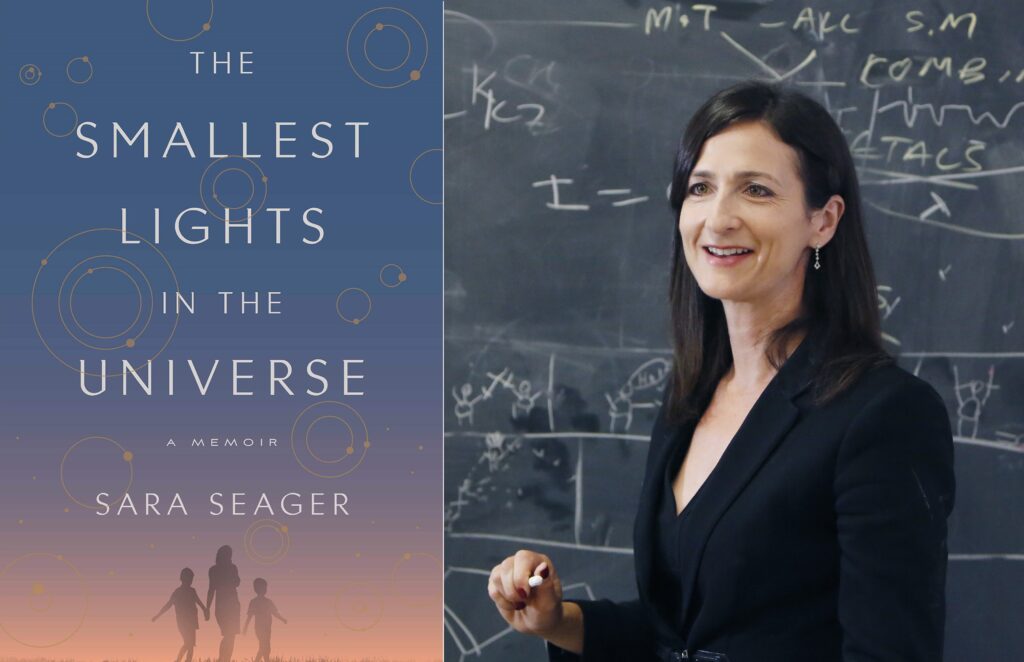
How do you discover an exoplanet?
– There are different techniques that can be used to find exoplanets. One is called the radial velocity method and it measures the star’s motion along the line of sight to incredibly precise speeds. If there is a planet orbiting the star, it will cause a gravitational influence making the star move around a tiny bit. We can then measure that motion. These slight movements affect the star’s light spectrum with a Doppler shift, so that a star that is moving towards us appears slightly shifted toward blue light and a star that is moving away will be shifted toward red light.
– Then there is the transit method with which we detect a drop in the light from a star. Such a drop could be caused by an orbiting planet passing by. The light drop is less than 1% so the detectors have to be incredibly sensitive and the telescope has to be able to point very precisely without shaking. TESS (Transiting Exoplanet Survey Satellite) is looking at hundreds of thousands of stars at the same time. We use computers to identify the center of each star and then to count up how much light there is per star in each frame. Then the computers will look for small drops in brightness.
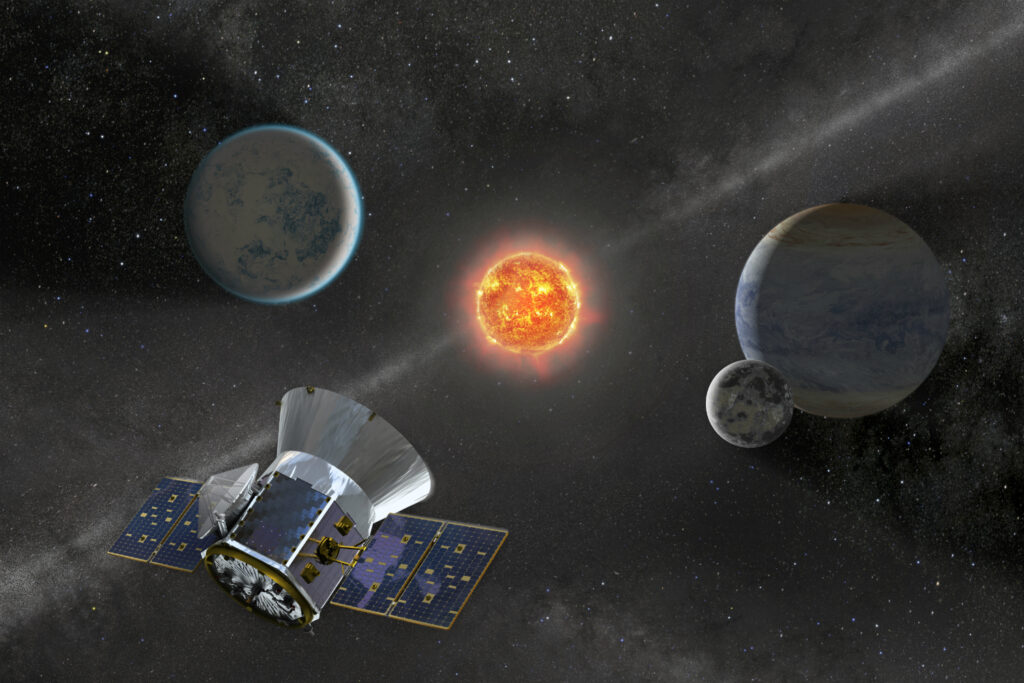
Credits: NASA
What happens when you when you detect a drop?
– The first thing that happens is that our algorithms will investigate if it’s actually a planet candidate or whether it’s just noise in the data. It could also be a binary star, meaning that there is a star going in front of another star, causing a drop in brightness. If the drop passes the algorithms’ Q&A, it makes it to a certain list of drops of brightness, and we can get a few hundreds on that list every month. We then have experts that we’ve trained who do vetting, which means that they use a custom software to go through the data more in detail. There are usually still 50-100 candidates per month that pass that stage. Next step is a group process where we discuss and decide as a team whether or not these are worthy planet candidates.
– Anything that is a worthy planet candidate gets released to the community as an official TESS Object of Interest (TOI). The TOIs have a good chance of being exoplanets but there could still be false positives. There are then astronomers around the globe that will follow these ones up. They will do additional studies using bigger ground-based telescopes. Eventually an astronomer will get excited about a planet candidate and then confirm that it’s a planet, publish a paper and voilà – we finally have a planet.
What about moons and rogue planets (planets that are not orbiting a star but have been ejected from their planetary system)?
– We don’t know of any moons around exoplanets, but it is very hard to see a moon. It’s hard to find the planet in the first place, because it’s right next to a bright massive star, and the moon is next to a bigger planet which makes it very tricky. People have looked for Moons, but haven’t really found anything yet.
“If you imagine a café in which everyone’s coffee cup is perfectly full to the top, it could be one of two reasons: either somehow, miraculously the waiter poured the coffee perfectly every time, or more likely, the waiter just overfilled everyone’s cup, and the cups overflowed until it’s perfectly full.”
– There are reports of rogue planets existing, but it’s hard to say because it could also be planets with an extremely wide orbit that are very far away from their star. But we think they’re out there due to a specific reason. If you imagine a café in which everyone’s coffee cup is perfectly full to the top, it could be one of two reasons: either somehow, miraculously the waiter poured the coffee perfectly every time, or more likely, the waiter just overfilled everyone’s cup, and the cups overflowed until they are perfectly full. When we study planetary systems, they’re all perfectly full, dynamically speaking. If you added another planet, then all the planets’ orbits would go haywire because of the gravity affect. People think that too many planets are formed and just like the overfilled coffee cups, these planetary systems are overfilled, causing some planets to be expelled.
Besides working on detecting exoplanets, you also analyze planets’ atmospheres. How does that work?
– There’s a very specific way this works for planets that are transiting. When the planet goes in front of the star, the starlight shines through the planet’s atmosphere and some of the light doesn’t make it through. We can tell what light didn’t make it through and try to piece that together with gases that could have absorbed the starlight. The problem is that we are very limited in our tools right now. The most successful telescope we have at observing planet atmospheres has been the Hubble Space Telescope, but it has a very limited wavelength region. Since water strongly absorbs in that region, we have been able to see water vapor on some hot giant exoplanets.
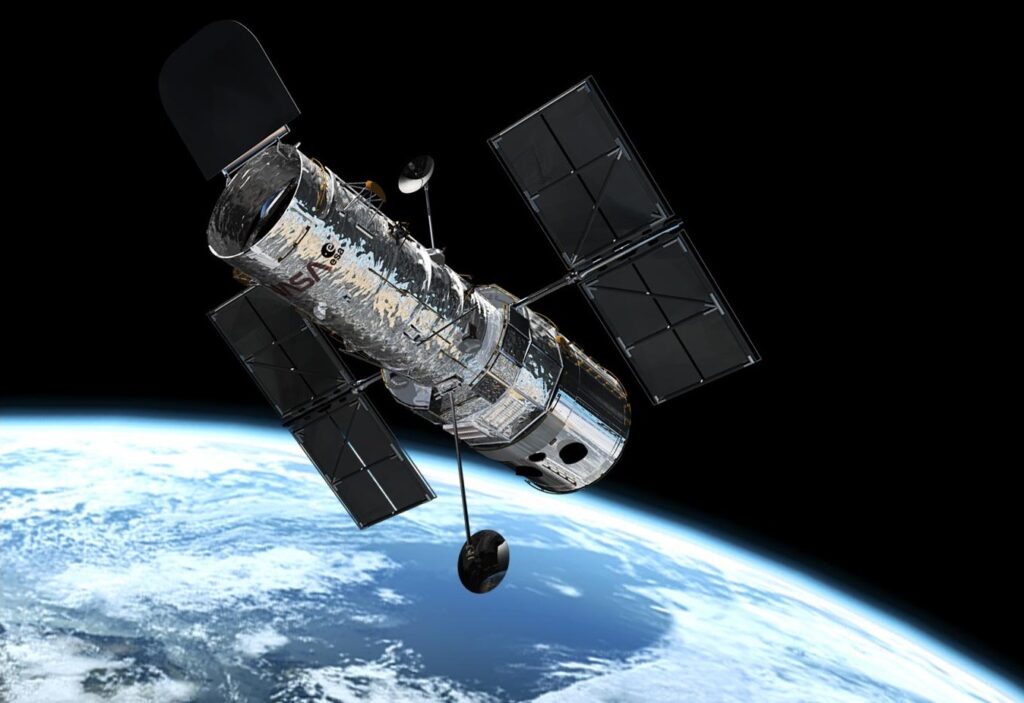
Credit: European Space Agency
What would be the coolest gas to find in an atmosphere?
– Well, if we can observe a small, rocky exoplanet, the first coolest thing to find would be water vapor. First. because water is needed for all life as we know it. But also because that type of planet shouldn’t have water vapor in the atmosphere unless it’s nearly replenished by liquid water ocean. Water vapor in the atmosphere is normally destroyed by sunlight. Once the H2O molecules split up into hydrogen and oxygen, the hydrogen will escape to space and the oxygen would after a short time react with the rocks. The only reason we have water vapor in our atmosphere on Earth is because we have oceans. We are also lucky to have the so called ”cold trap”. When hot water vapor rises, it makes a cloud and eventually the water will come back down as rain.
– In general, we are looking for unusual gases that don’t belong and that we might be able to attribute to life. Oxygen is my favorite after water vapor. We have 20% oxygen in our atmosphere and we wouldn’t have any without photosynthetic life, like bacteria and plants. It’s destroyed by ultraviolet radiation, so it has to be continually produced by life. But there could be a case when there’s oxygen without life, which some think occurred on Venus. There used to be oceans, but due to a runaway greenhouse effect where the planet got hotter and hotter, the oceans boiled off and water filled the atmosphere. The water got broken up by sunlight, the hydrogen escaped and for some amount of time there was oxygen in Venus’ atmosphere. If an alien civilization would have been looking at Venus at that specific time period, they might have thought that there was life there.
“This means that there’s either unknown chemistry on Venus, or perhaps there could be life in the clouds making phosphine.”
Now that you mentioned life on Venus, can you please take us through the phosphine-on-Venus story?
– I have been working on Venus for a couple of years now. Professor Jane Greaves decided to do something very bold, which was to look for signs of life on Venus by way of a gas that doesn’t belong. She looked through the literature and read about a gas called phosphine. On Earth, phosphine is only associated with life. My team had been working on phosphine for exoplanets as a potential biosignature gas, so a mutual contact got our two teams together. Ever since then, I’ve been working on Venus. Eventually, Professor Greaves found a phosphine signal and my team helped to show that we can’t explain it by chemistry.
– This means that there’s either unknown chemistry on Venus, or perhaps there could be life in the clouds making phosphine. Venus is way too hot for life at the surface, but up in the clouds the temperature is actually just right for life. After the discovery, a lot of other teams have now looked at the data. Some of the teams do not see phosphine in the data. Other teams do see it. Some teams claimed that the signal is another molecule called sulfur dioxide. Some teams claimed that there’s sulfur dioxide in the clouds. Other teams say it can’t be in the clouds, but has to be way above the clouds. The whole thing is undergoing a vigorous debate right now, but we’ll see what happens.
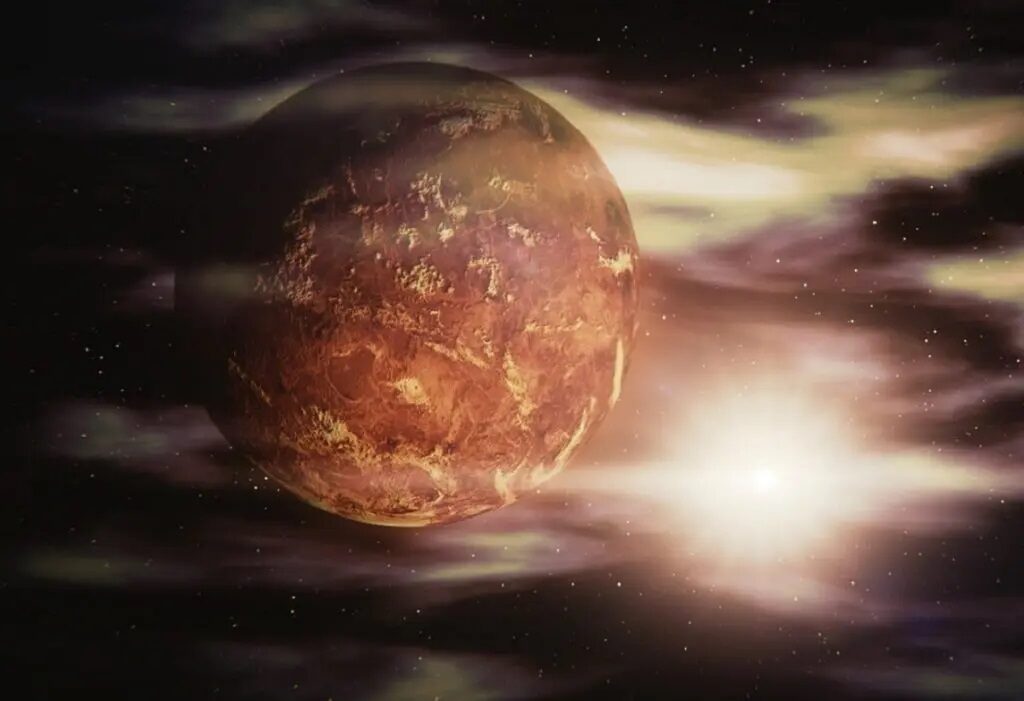
Are you using very different methods or how can you get so different results?
– Looking at Venus, surprisingly, is actually quite hard. It’s very bright, way brighter than our big telescopes were designed for. It’s also spatially resolved like a disk, not just like a point, which confuses the telescope. A lot of the data from Venus is very noisy. You can think of it as the stock market. It goes up, down, up, down, up, down and there’s a lot of wiggles in the data. We know the frequency where the spectral feature should be. What we then do is to take away all the wiggles and detrend the data away from that spot. If any signal remains, then we have found it.
– But this means that the drop in signal, where your feature should be, has to be characteristically different from the noise. Some of the teams don’t see it and typically they’re detrending the data so that they’re taking away every wiggle. This means that if there is an actual signal, it is removed with the noise. I would describe it all as people fighting over what’s the best way to do data analysis for very noisy data. Because we are looking for a tiny signal. Hopefully it’s just a matter of time before we know. But the best thing would be send a probe to Venus, to look directly in the atmosphere.
“When I started out in this field, I was so sure that it was just going to be about finding a planet similar to Earth around a star like our Sun, detect water vapor and some oxygen, and we’re done! But it’s certainly much more complicated than that.”
Do you think that we are close to finding the first evidence of life in space? Or do you think it is still very far away?
– Before the phosphine detection on Venus I would have answered that question very differently. I would have simply said that we’re going to have the capability to find signs of life starting with the launch of the James Webb Space Telescope. But after the discovery on Venus, I think it’s a different picture. We have this weird back-and-forth process where someone will find a signal. Other people will look at the data and not find the signal. Others who look at the data will find the signal, but they will claim it’s a false positive, When I started out in this field, I was so sure that it was just going to be about finding a planet similar to Earth around a star like our Sun, detect water vapor and some oxygen, and we’re done! But it’s certainly much more complicated than that.
Let’s say we do find signs that are strong indications of life. That is still not evidence, is it? How would we actually know for sure? Is there any way we can know except actually going there?
– It’s really depressing for me to have to say this out loud, but we’re going to have to go there. There are some other ideas though. One is a giant magnifying glass type of telescope, or if it would be intelligent life we could know by receiving a signal with information. I was once in a meeting with Jill Tarter, the person who the main character in the movie Contact was inspired by. She was asked how we will know, and she just said “we’ll know.” She means that if SETI picks up a signal, a purposeful radio signal, we will know for sure.
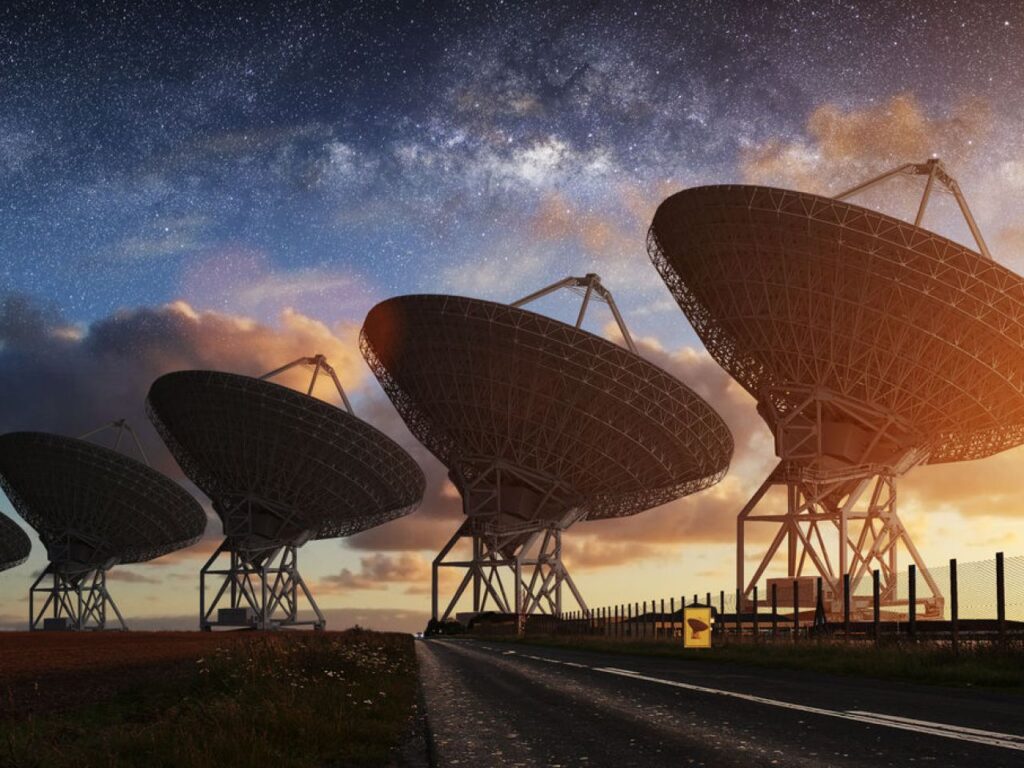
I’m now in my 30s. What do you think the chances are that I will see a breakthrough on this topic within my lifetime?
– I have to believe you’ll see it. Let’s say you could live to be 100, that’s a long time. Look how far we’ve come in the 100 years before now. Think about what we can do with our phones. Think about what Elon Musk is doing with Neuralink – they planted a chip inside a monkey and the monkey can control a video game. So where we going to be 70 years from now? I think we’ll have several generations of telescopes, or at least a few. We should have some kind of sign by then. It might not be enough to know with 100% certainty, but there should be something.
As a last question, what book would you like to recommend?
– If I should be a bit controversial. I have a book on my reading list that I haven’t read yet, but it’s Extraterrestrial by Avi Loeb. It is about the interloping asteroid that appears to have come from another solar system. This stirred up a huge controversy, because this asteroid that came through had a couple of unusual properties. It was shiny in a not expected way. It also didn’t follow the expected path which made it seem like something other than gravity was impacting it. Sometimes comets go around our Sun and when they heat up they lose gas, which makes their trajectory change because they lose mass. But with this object, nobody saw anything coming off it.
– There were some really, really unusual things about it and Avi Loeb is of the opinion that it could be an alien artifact, like a part of an alien spacecraft that came off and just happened to intercept our solar system. Or maybe it could have been sent here on purpose. Pretty much everyone else in the science community is completely against that idea and Avi Loeb is getting blasted for it. I’m not entirely sure why people are so unhappy with Avi Leob’s point of view, that all the other explanations for this object are equally lacking data for full support. This is definitely the next book I want to read. He’s being very provocative and I can see how it relates to the phosphine story in a way. Should we go out on a limb in science? Should we put forward bold ideas? Should we push ourselves to try new things or only do the same boring old things?
Click here to buy the book:
The Smallest Lights In The Universe by Sara Seager
If you liked this article, you should probably also check these out:
